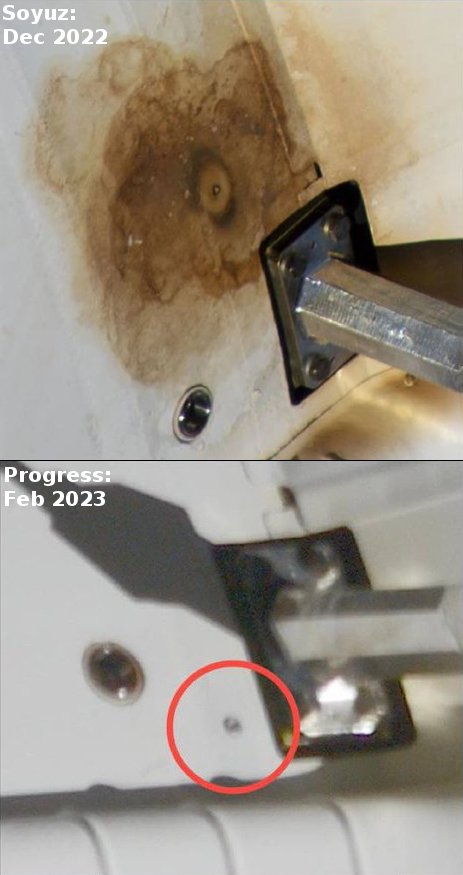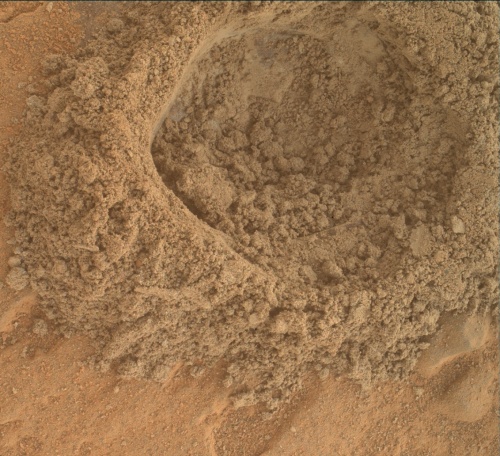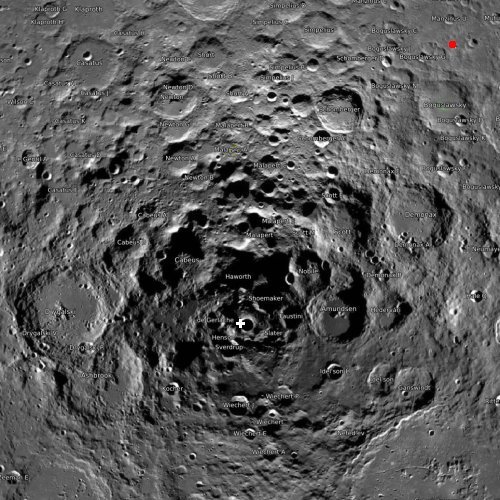February 24, 2023 Quick space links
Courtesy of BtB’s stringer Jay.
- China plans to add a 6 port docking hub module to Tiangong-3
Such a hub can only be the precursor to many more modules and expansion.
- China’s dedicated commercial launch facility for its pseudo-companies to have first launch in 2024
While these pseudo-companies remain owned and supervised by the government, they and their employees do not necessarily have full top secret clearance. Building a separate launchpad keeps them quarantined away from things the Chicoms would rather keep secret.
- Test capsule to be used for Gaganyaan launch abort tests delivered to ISRO
The capsule is unpressurized, but has “many systems in place.” It will allow ISRO to test the launch abort systems to be used during the later manned Gaganyaan mission. Two abort tests are planned for later this year.
- Thailand announces space program, including a lunar probe to launch in ’27
The program described at the link calls for an Earth observation satellite to be launched in 2027, followed by the Moon probe in ’27. Later Earth satellites will launch in ’29 and ’30, with an undescribed deep space mission targeting ’31.
Courtesy of BtB’s stringer Jay.
- China plans to add a 6 port docking hub module to Tiangong-3
Such a hub can only be the precursor to many more modules and expansion.
- China’s dedicated commercial launch facility for its pseudo-companies to have first launch in 2024
While these pseudo-companies remain owned and supervised by the government, they and their employees do not necessarily have full top secret clearance. Building a separate launchpad keeps them quarantined away from things the Chicoms would rather keep secret.
- Test capsule to be used for Gaganyaan launch abort tests delivered to ISRO
The capsule is unpressurized, but has “many systems in place.” It will allow ISRO to test the launch abort systems to be used during the later manned Gaganyaan mission. Two abort tests are planned for later this year.
- Thailand announces space program, including a lunar probe to launch in ’27
The program described at the link calls for an Earth observation satellite to be launched in 2027, followed by the Moon probe in ’27. Later Earth satellites will launch in ’29 and ’30, with an undescribed deep space mission targeting ’31.















